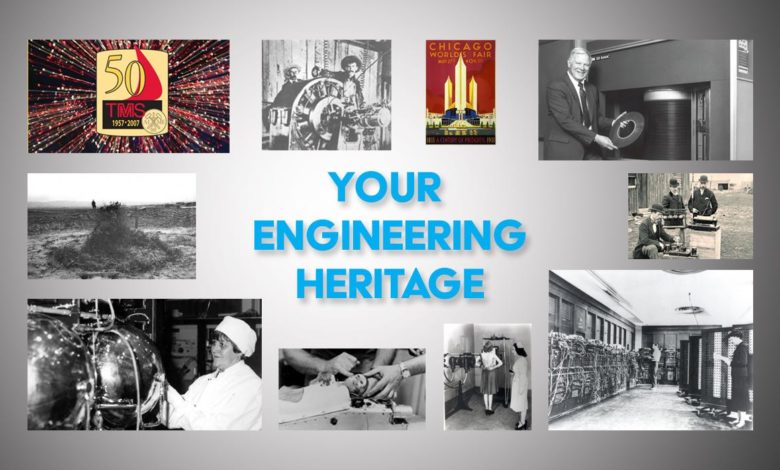
Happy New Year.
As a historian, of course, I do not need an anniversary to focus my interest on the past. However, “round” anniversaries are a useful hook for the public historian to grab the attention of a broader audience. Regular readers of this column will have noticed that the IEEE History Center often resorts to this method. That being said, 2012 looks like a banner year for anniversaries. Some we may have an opportunity to feature in this section over the course of the next 12 months, but others we may not, so let me start off the year with an overview.
First of all, in terms of institutional history, 2012 marks the centennial of the Institute of Radio Engineers (IRE), one of the two predecessor organizations of IEEE (the other being the American Institute of Electrical Engineers, AIEE, founded in 1884). Furthermore, 2012 is the 50th year of the existence of IEEE in its current form — the preparations for the merger took place during 1962, and the AIEE and IRE officially joined to form IEEE on 1 January 1963. One upshot of the merger was that the new organization took on the global focus of IRE, leaving American engineers without a national society. Therefore, in 1973, IEEE formed the United States Activities Committee — the organizational unit that eventually evolved in IEEE-USA. Look for activities during this year (and perhaps additional mentions in this column) leading up to the 50th anniversary of IEEE and the 40th anniversary of IEEE-USA in 2013!
However, we have covered the history of these organizations in Today’s Engineer before, so I will not go into detail here — let me just point out one more fact. Legally, the merger was a takeover of IRE by AIEE with a minor name change. In practice, the IRE was the larger organization and many of its structures carried over. Most importantly, Proceedings of the IRE was carried over as the main technical journal with the name Proceedings of the IEEE (AIEE’s Electrical Engineering magazine was put aside, although a new general magazine, IEEE Spectrum was then launched). Therefore 2012 represents the centennial and 100th volume of Proceedings, and IEEE is recognizing this accordingly.
In terms of contributors to our fields, 2012 marks the centennial of the births of Alan Turing (23 June) and David Packard (7 September). One of the ways that the IEEE History Center preserves the legacy of such giants is through our oral history program. Unfortunately, among our more than 500 interviews we do not have ones with Turing or Packard, but we do have an interview with Packard’s close partner William Hewlett, which discusses their work together.
And as for that work of pioneers such as Turing and Packard, regular readers of this column should be familiar with the IEEE Milestones Program. Several of the events that have been recognized as IEEE Milestones have major anniversaries in 2012: Thomas Edison’s West Orange Laboratories and Factories (125th anniversary); the Westinghouse Atom Smasher (75th anniversary); the Stanford Linear Accelerator Center (50th anniversary); the Mercury Spacecraft (50th anniversary); the Alouette-ISIS Satellite (50th anniversary); the beginning of the Swiss Pioneering Work on the Quartz Electronic Wristwatch (50th anniversary); the beginning of the design of the Grumman Lunar Module (50th anniversary); and the Telstar satellite (50th anniversary; recognized by Milestone dedications at the three ground stations in Maine, the UK, and France).
Finally, I would like to point out that there is an age rule for the IEEE Milestones program — the events recognized must be at least 25 years old, so that the program is one of historical recognition rather than a prize for current work. That means that technological events that occurred in 1987 become eligible in 2012. These include the invention of the Digital Light Processor chip, the release of the VGA standard, the introduction of the GIF format, the discovery of Erbium-doped fiber amplifiers, the launching of MOS-1 (the first Japanese earth observation satellite), and the launch of the first version of the important software package Photoshop. In addition, although there are 116 dedicated Milestones (with at least a dozen dedications anticipated this year), given the breadth of the program there are still many, many opportunities to propose an event prior to 1987 in addition to events in 1987. I urge you and your Section or other IEEE organizational unit to explore proposing an IEEE Milestone today.
That would be a great way to celebrate 2012!






